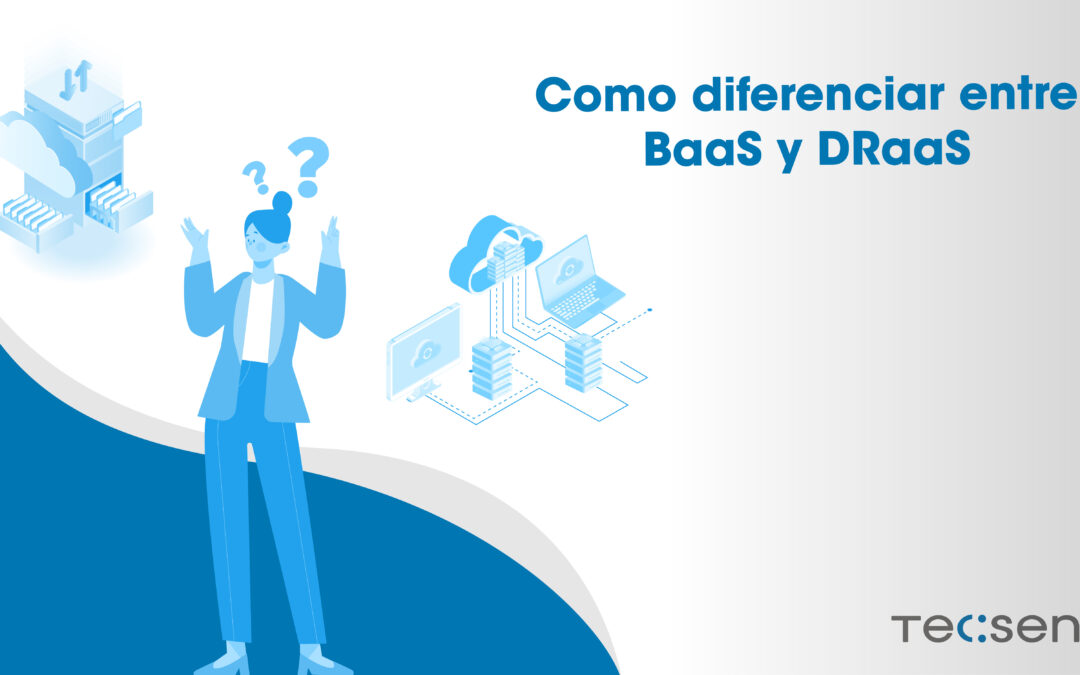The first thing to bear in mind when deciding between a backup or recovery service, in this case BaaS and DRaaS, is what it means for a company to suffer any kind of disaster. A shutdown of service and activity can result in economic losses for the company. In order to make a decision on the solution that best suits you have to be prepared to know how to measure the degree of speed and efficiency of recovery. But first of all it is essential to know how to differentiate between BaaS and DRaaS.
Main differences between BaaS and DraaS:
BaaS:
Functionality/Type of protection: a backup is performed on a local device and in the cloud, in case of disaster you can restore a specific copy from the backup to your initial site, e.g. application development, databases, images, source code and/or other data files.
RPO/RTO response/recovery time: slower, measured in hours or even days.
Recovery level: For recovery, it is necessary to have a computer or system at source where the recovered data can be dumped. This can be on the same originating equipment from which the data was launched or on a new server prepared to receive the information.
Price:This is the most economical solution as you only need to keep the storage costs.
Company characteristics:
-The information stored does not change on a regular basis.
-IT staff to manage disaster restoration.
-Higher downtime can be allowed without negatively impacting the company’s business activity.
DRaaS:
Functionality/Type of protection: e.g. complete workloads, application, database or file servers as well as virtual desktop systems among others.
RPO/RTO response/recovery time: Measured in seconds or minutes. It is a world-class contingency and business continuity solution. It allows the organisation to get back to business almost immediately. Recommended for companies providing services such as retail, B2B, service stations, call and contact centres… etc.
It allows you to recover from natural disasters such as floods or fires, ransomware attacks or physical infrastructure problems.
Recovery level: For recovery, it is essential to have a reputable DRaaS solution provider, through which you can have your servers replicated in a protected and isolated environment. Computing and storage resources are reserved for use in the event of a disaster. Covers from the unavailability of one or several servers, to all servers and connectivity in the company.
Price: A DRaaS needs to maintain a replicated infrastructure; reserving compute and storage resources available at any time, so costs are higher than in a BaaS.
Company characteristics:
-Constantly changing and updated data.
-Rapid and immediate recovery of data and infrastructure is required.
-It has IT staff with disaster expertise.
-Downtime and downtime cannot be allowed.
-Requires regular testing to measure disaster effectiveness and adjust timing.
-They have a long-term cloud services strategy with the ability to scale.
-In data retrieval they need the latest data for the business.




